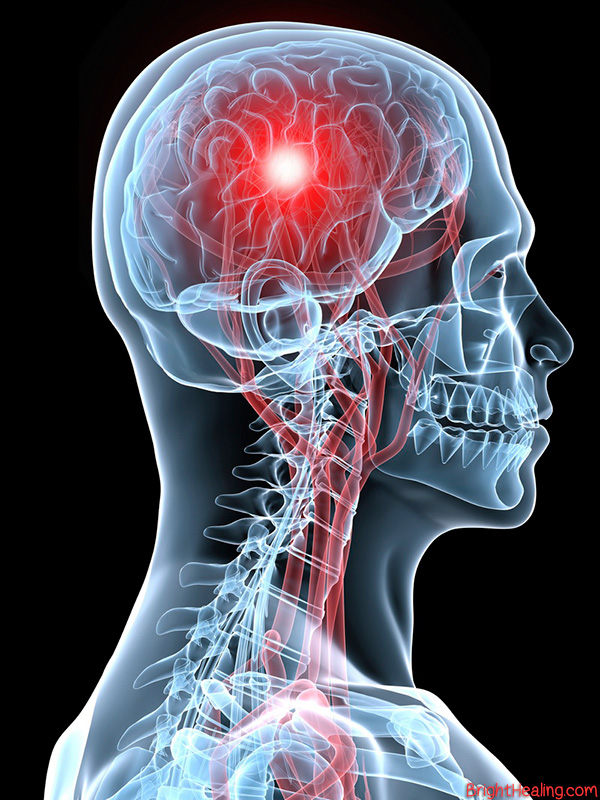Nearly 700,000 strokes occur in the U.S. every year and plenty could have been prevented. Many are devastating, to all concerned. Preventing a stroke consists of addressing numerous risk factors.
Age,sex, ethnicity and family history can be contributing factors, too. Luckily, there are risks you can control through medicines and style of living changes. Some risk factors you can control; others you can’t. By having regular medical checkups and knowing your risk factors, you and your doctor can lower your chance of having a stroke.
Heatstroke is predictable and preventable. Take these steps to prevent heatstroke during hot weather:
High blood pressure (Hypertension)
High blood pressure or hypertension is the leading cause of stroke. High blood pressure causes your blood vessels to lose their elasticity. The stiffening and narrowing of arteries can result in a blockage or clot forming. The weakening in the walls of small vessels can cause bleeds to occur. Clots and bleeds can cause strokes.
The higher your blood pressure (BP) the greater your risk. The risk begins to increase from a pressure of 115/70 mmHg and doubles for each 10 mmHg increase in systolic (the larger number) and 5 mmHg increase in the diastolic (the smaller number). Heredity and increasing age raise the risks. Measuring blood pressures at home reflects more accurately your risk than having the blood pressure taken at a physician’s office. It is worth the investment to get a cuffmeter.
Excessive alcohol use
Drinking an average of more than one drink per day for women or more than two drinks a day for men raises blood pressure, which is the number one cause of stroke. Binge drinking can increase your chance of having a stroke.
Exercise regularly
In a study of more than 47,000 men and women in Finland, moderate and high levels of physical activity were associated with lower stroke risk. Exercise helps reduce blood pressure by making the heart stronger. And the stronger the heart, the less effort it takes to pump blood around the body—so the lower the blood pressure. Physical activity also can help decrease the risk of developing diabetes and control cholesterol levels, both of which up your chances of a stroke.
 Be cautious if you’re at increased risk
Be cautious if you’re at increased risk
If you take medications or have a condition that increases your risk of heat-related problems, avoid the heat and act quickly if you notice symptoms of overheating. If you participate in a strenuous sporting event or activity in hot weather, make sure there are medical services available in case of a heat emergency.
Smoking
Smoking doubles your risk of stroke. Smoking causes your blood vessels to narrow and makes your blood more likely to clot. Fatty deposits build up faster in the blood vessels of smokers compared to non-smokers. Second-hand smoke also increases your risk of stroke. Five years after you stop smoking your risk of a stroke is similar to that of a non-smoker.
Fight off obesity
The more pounds your body has to carry around, the more stress it’s constantly under and the more it has to work harder for what it needs. Even losing just 10 pounds can drastically reduce your chances of having a stroke! Not to mention reducing your risk of getting diabetes, heart disease, and a number of other health issues
Diabetes
If you have diabetes you have a greater risk of stroke. Diabetes occurs when your blood sugar (glucose) is too high. Insulin, a hormone produced by your body, helps to control your blood glucose. If your body does not produce enough insulin, or your body does not respond well to insulin the sugar levels in your blood rise.
Atrial fibrillation and other heart disease
Atrial fibrillation means the heart’s upper chambers quiver rather than beat normally and effectively, causing blood to pool and clot, which increases the risk of stroke. In general, people with other types of heart disease have a higher risk of stroke.
Stroke Warning Signs
The FAST test is an easy way for everyone to remember and recognize the signs of stroke. FAST stands for Face, Arms, Speech and Time to act:
Face – Check their face. Has their mouth drooped?
Arms – Can they lift both arms?
Speech – Is their speech slurred? Do they understand you?
Time – Is critical. If you notice any of these warning signs, act FAST. Call your local emergency medical services or get to the nearest hospital immediately.
Think FAST. Act Fast. Stroke is a medical emergency.
